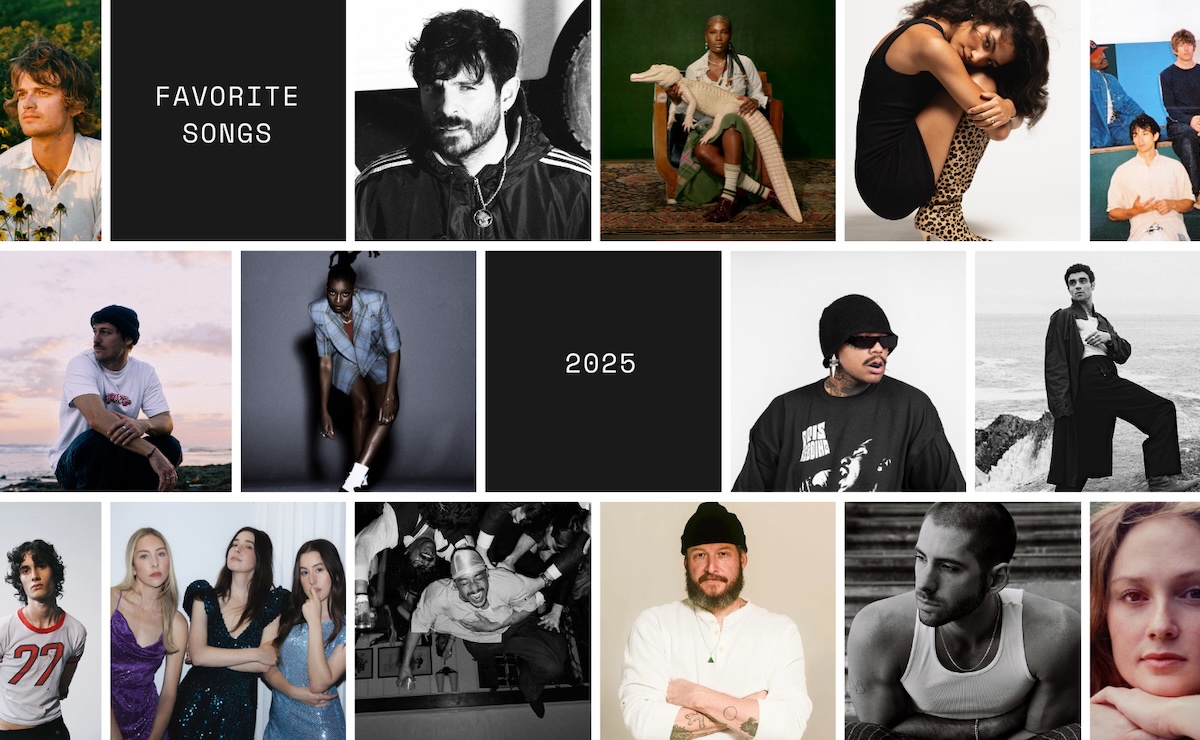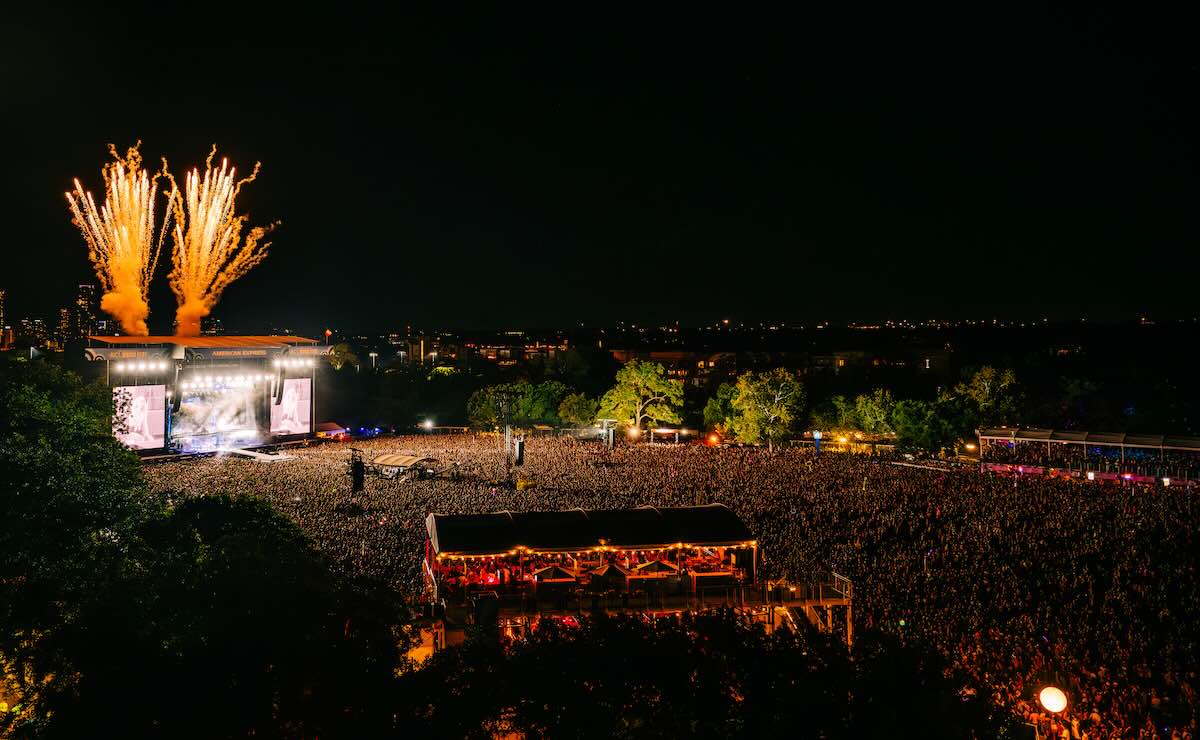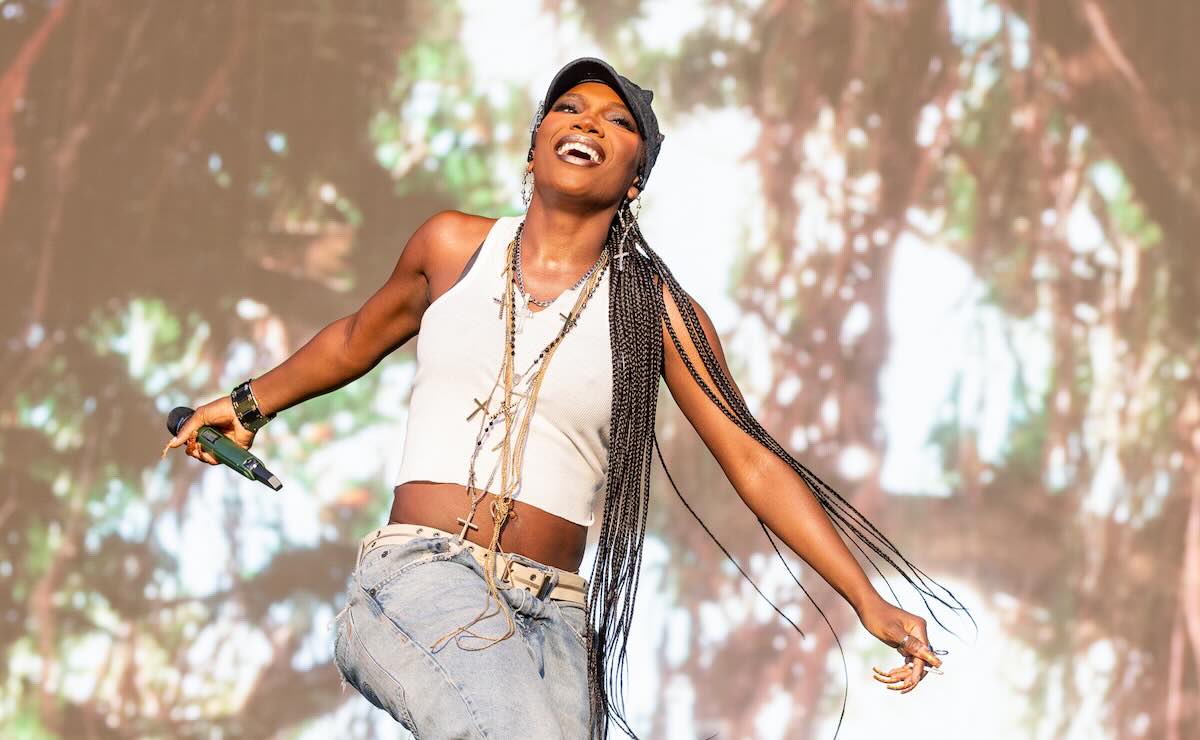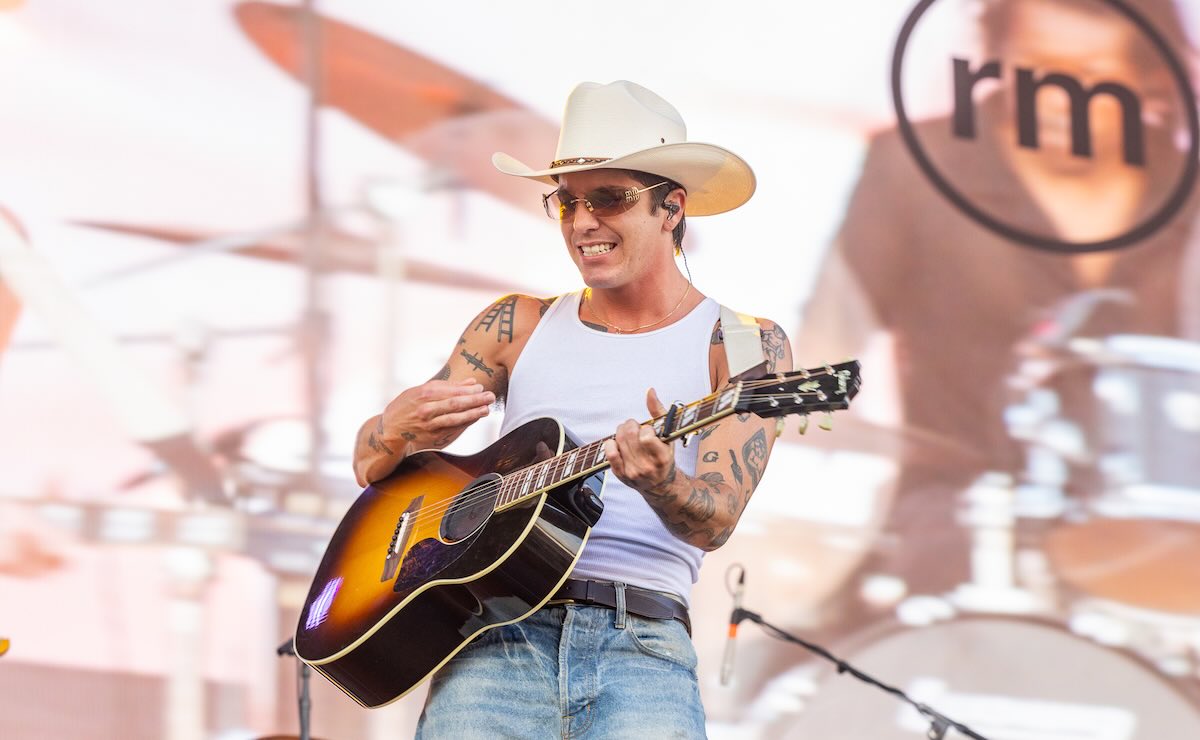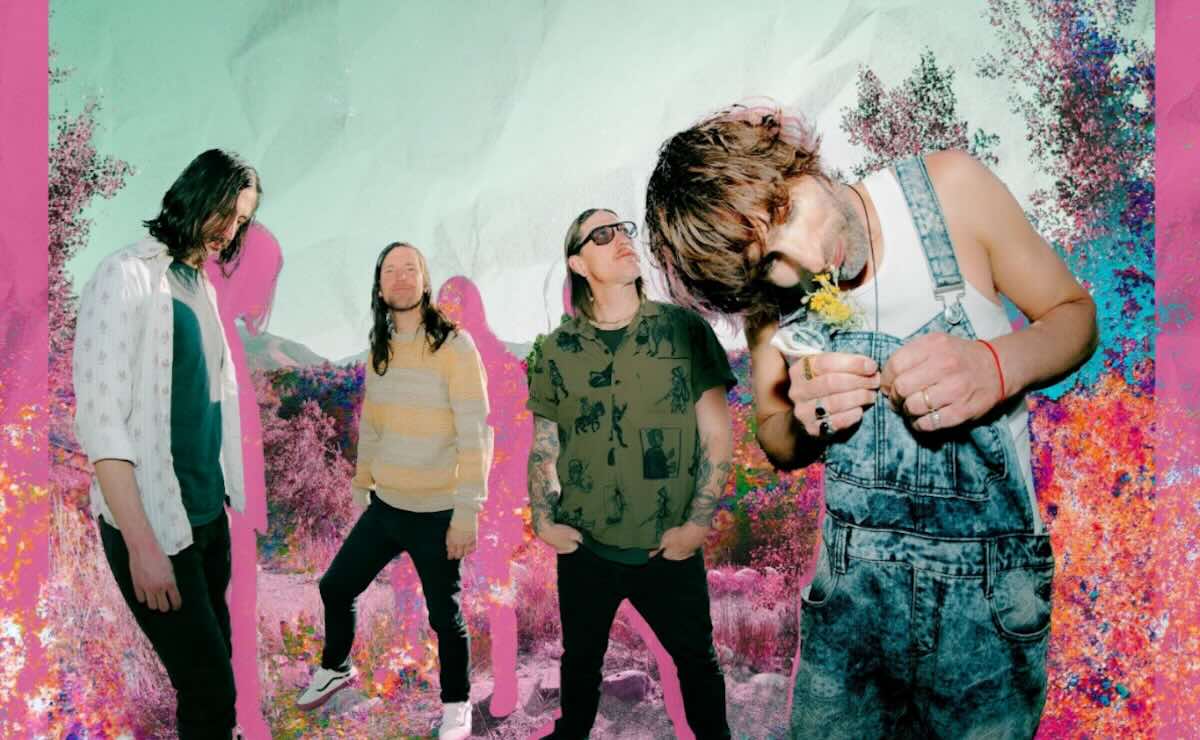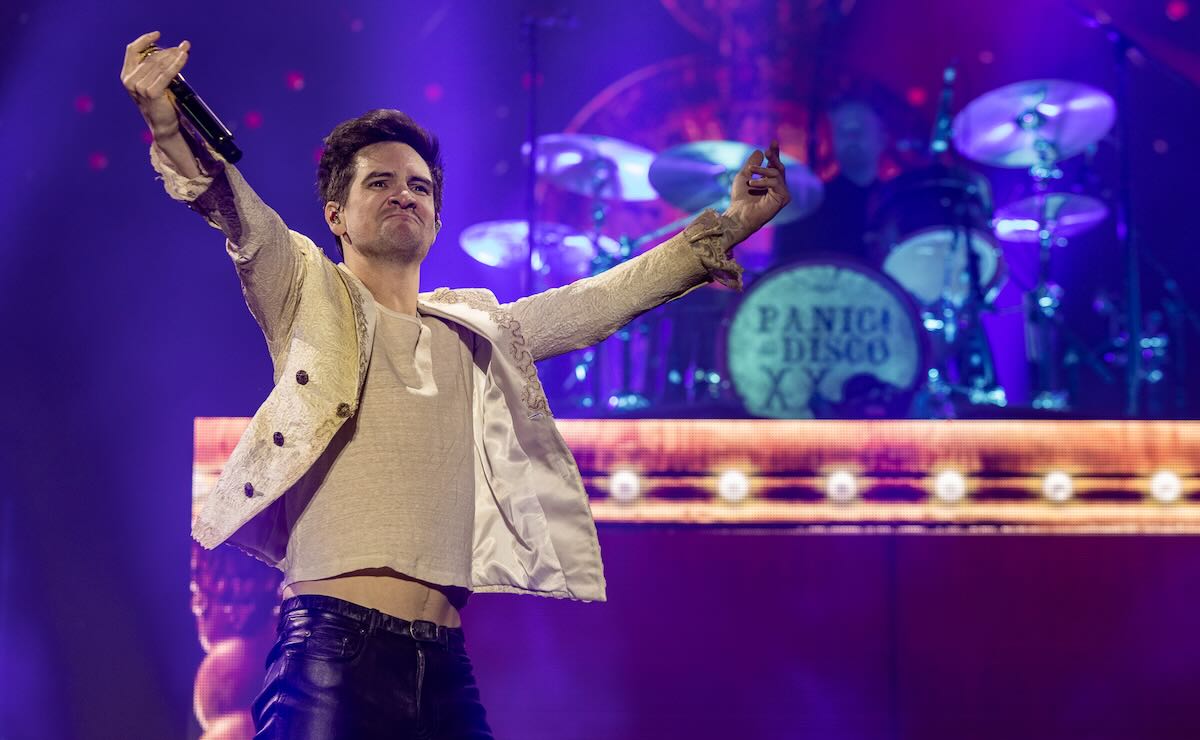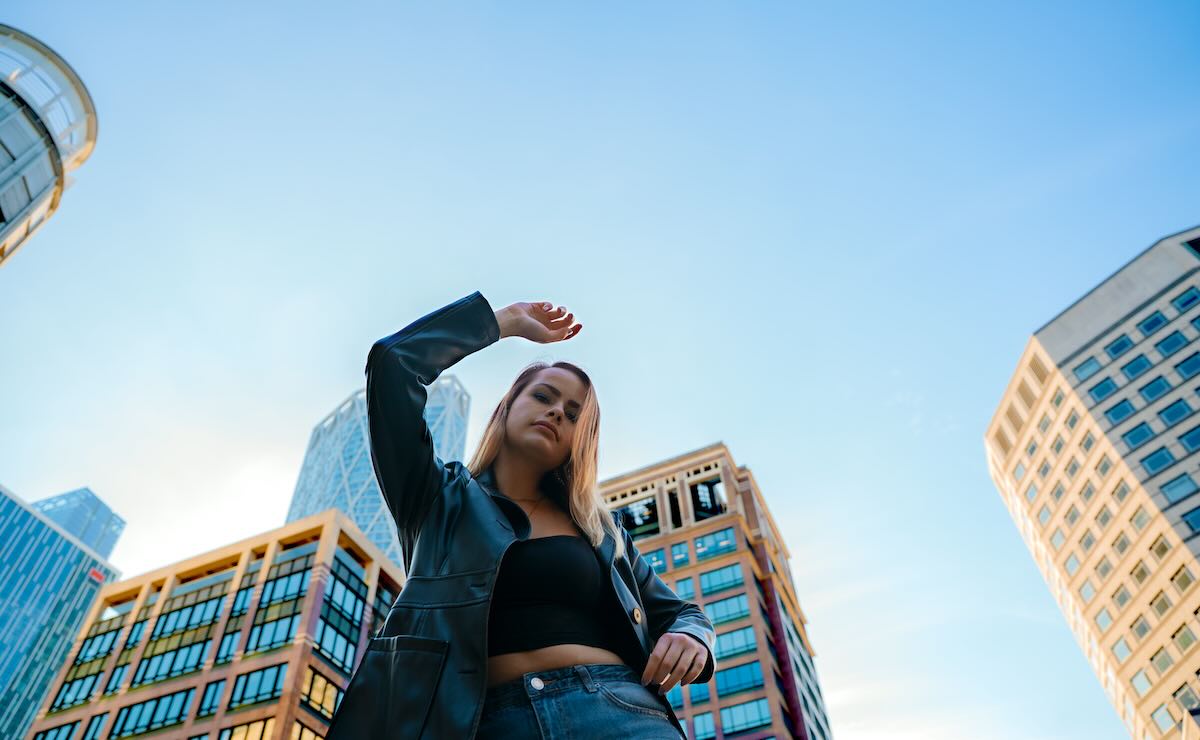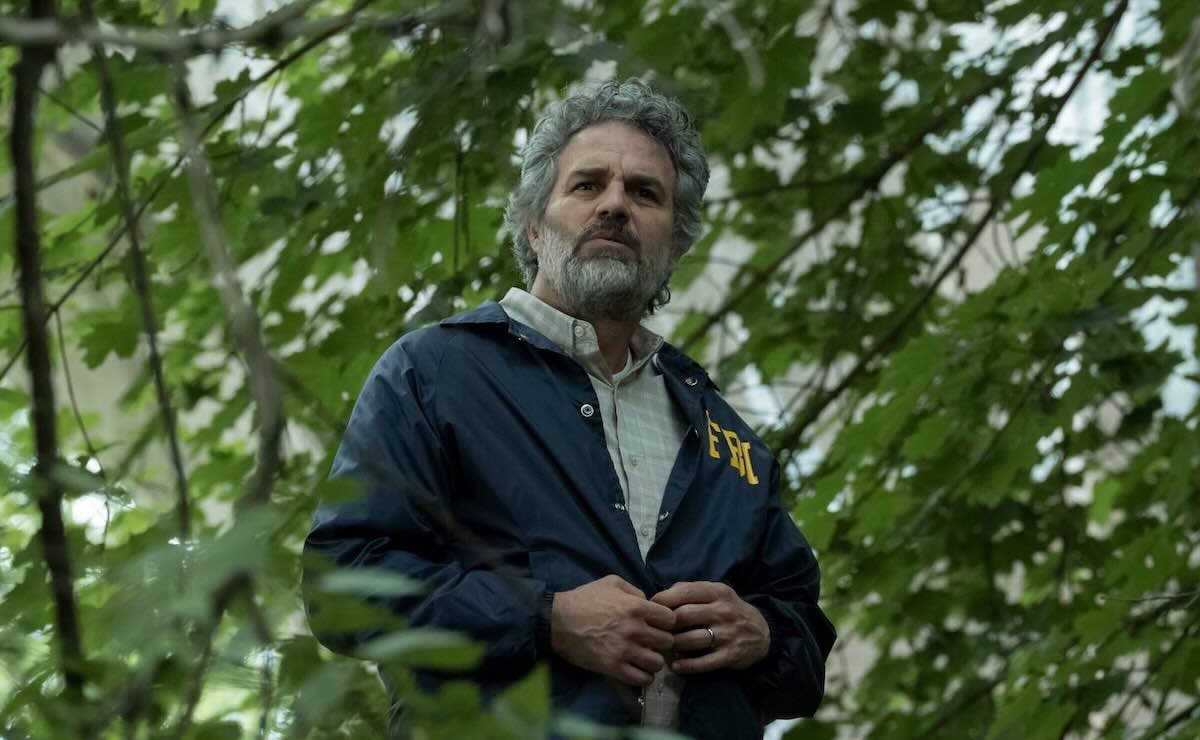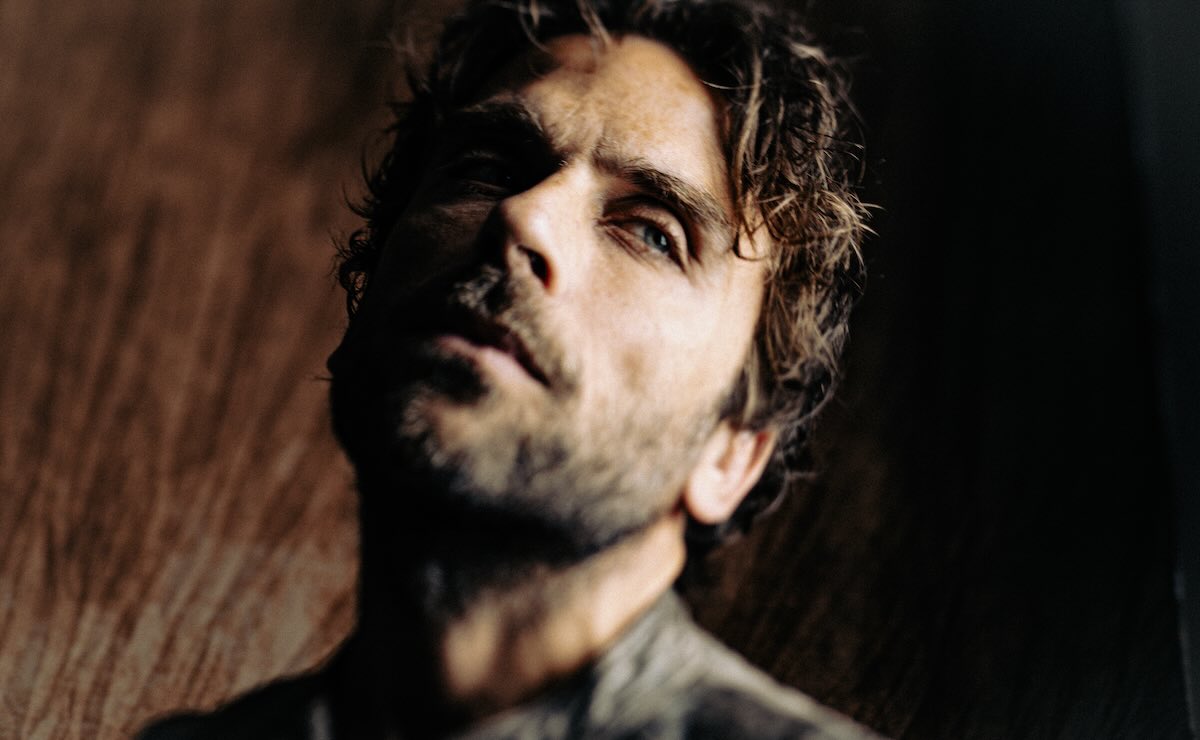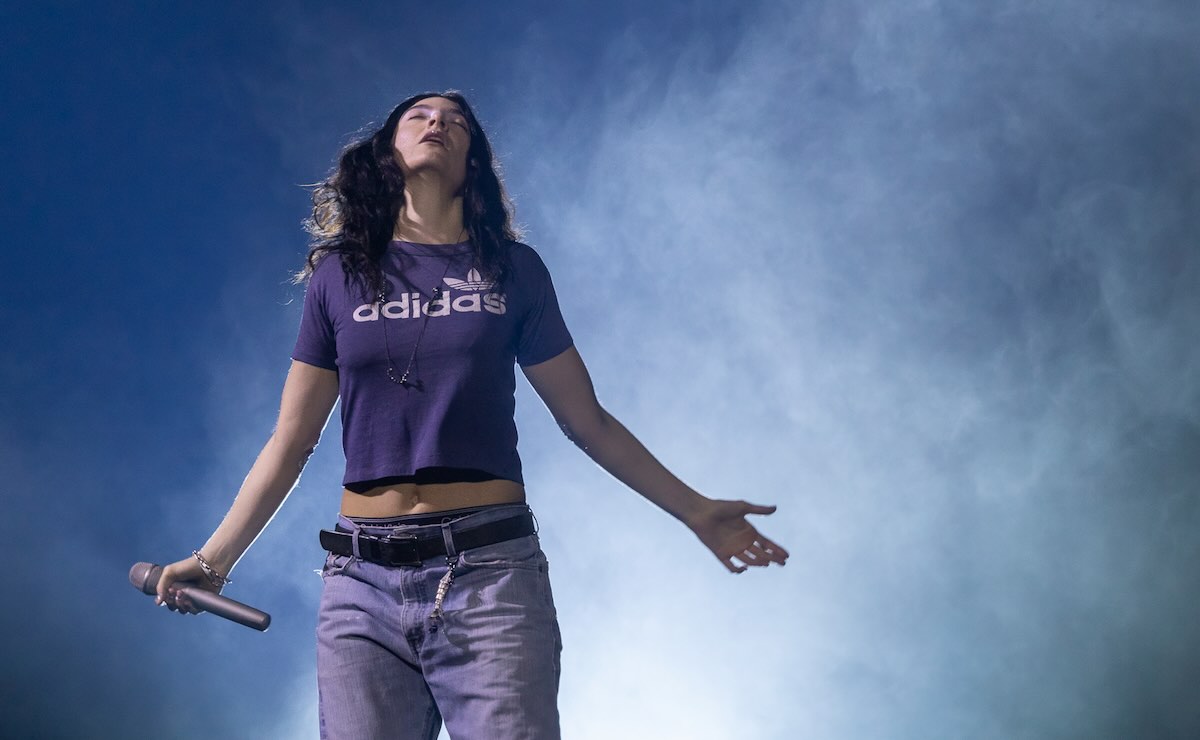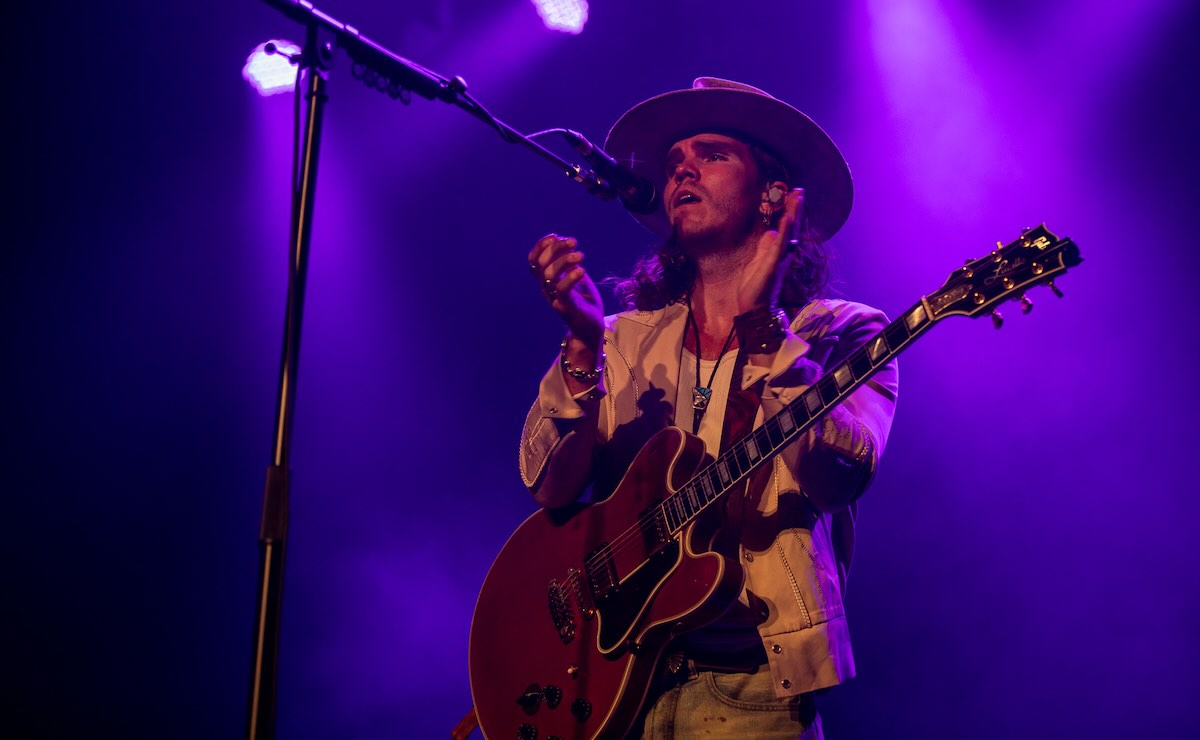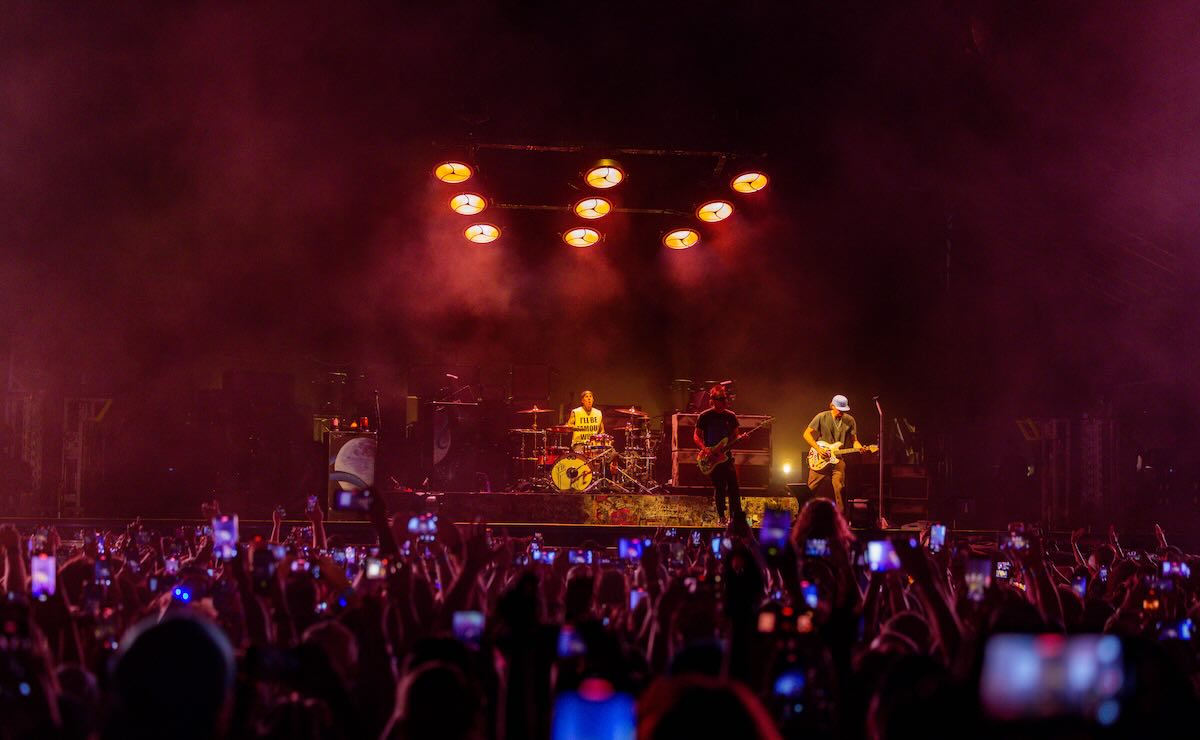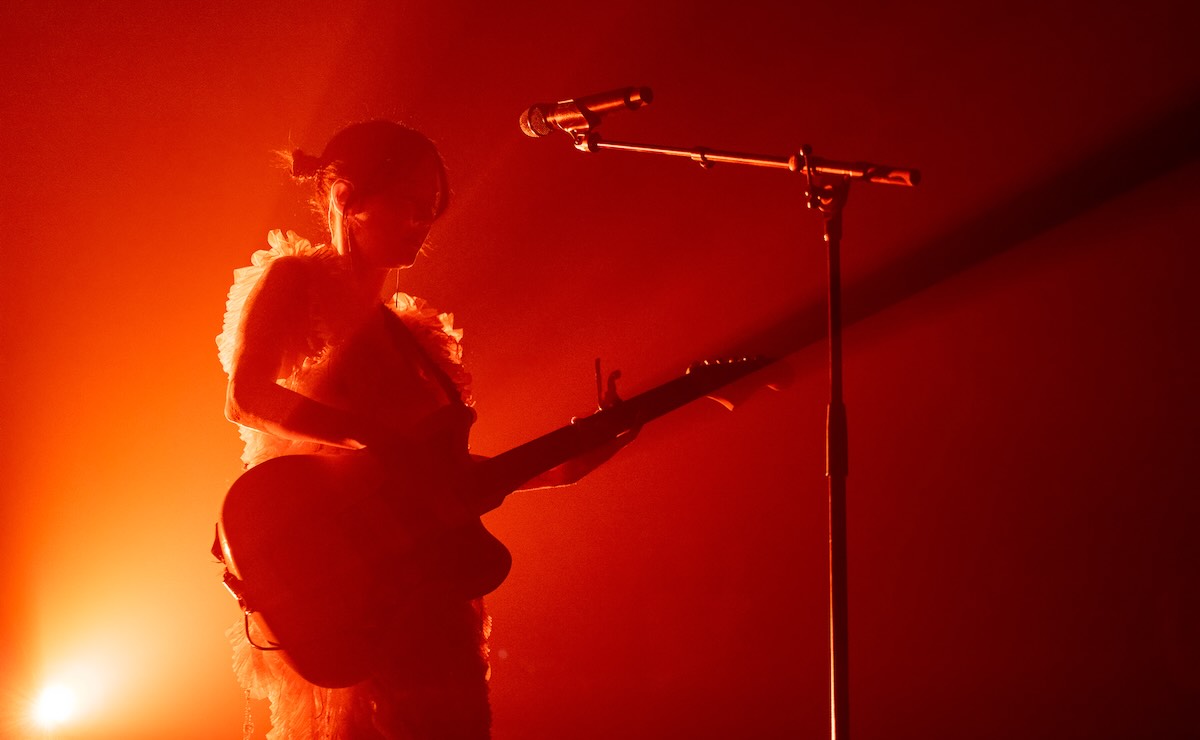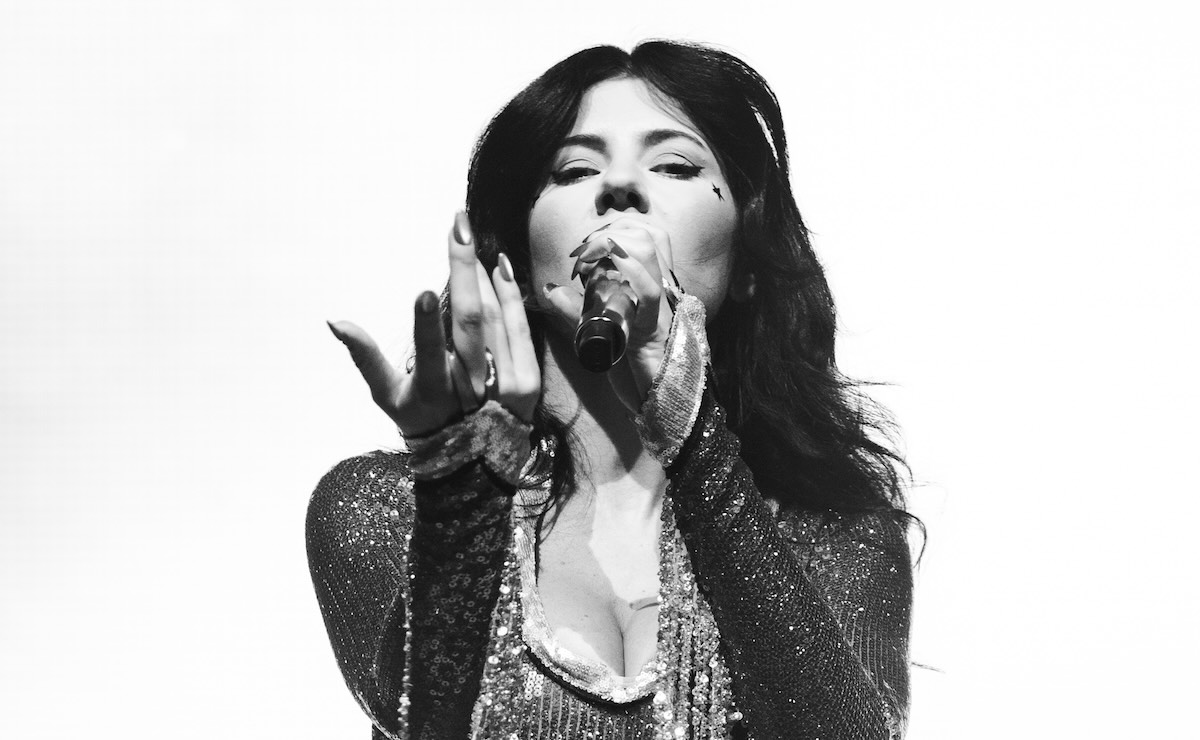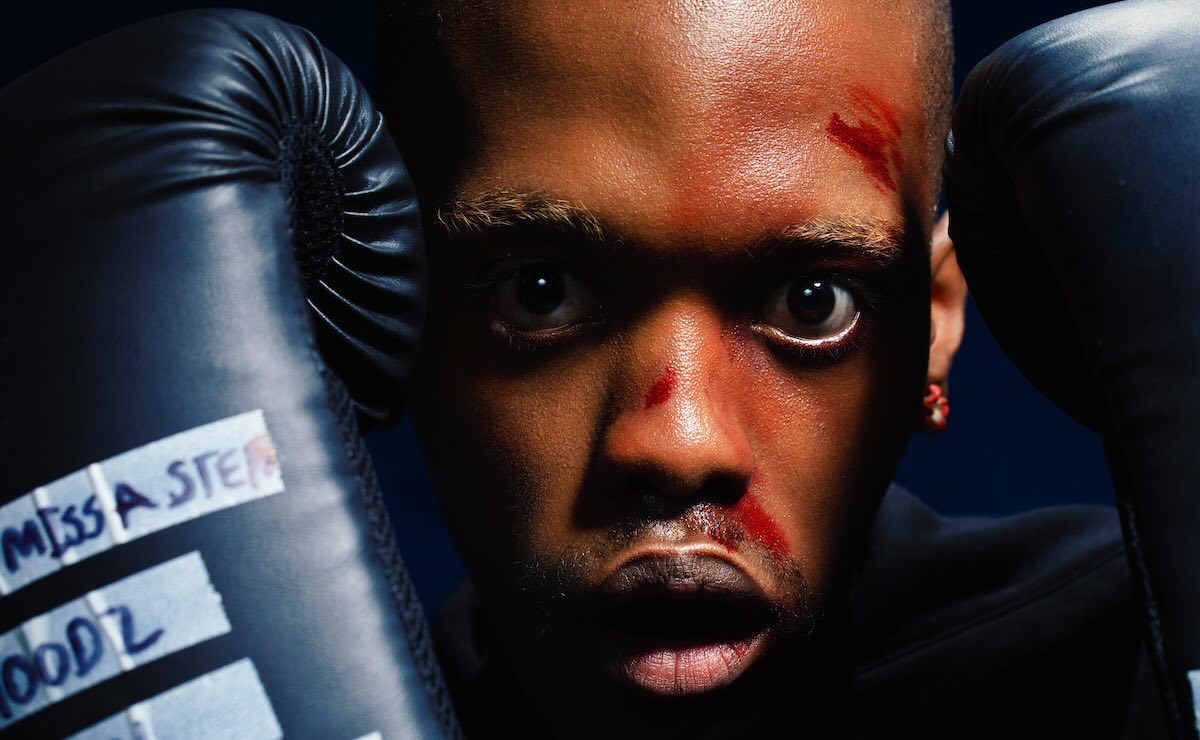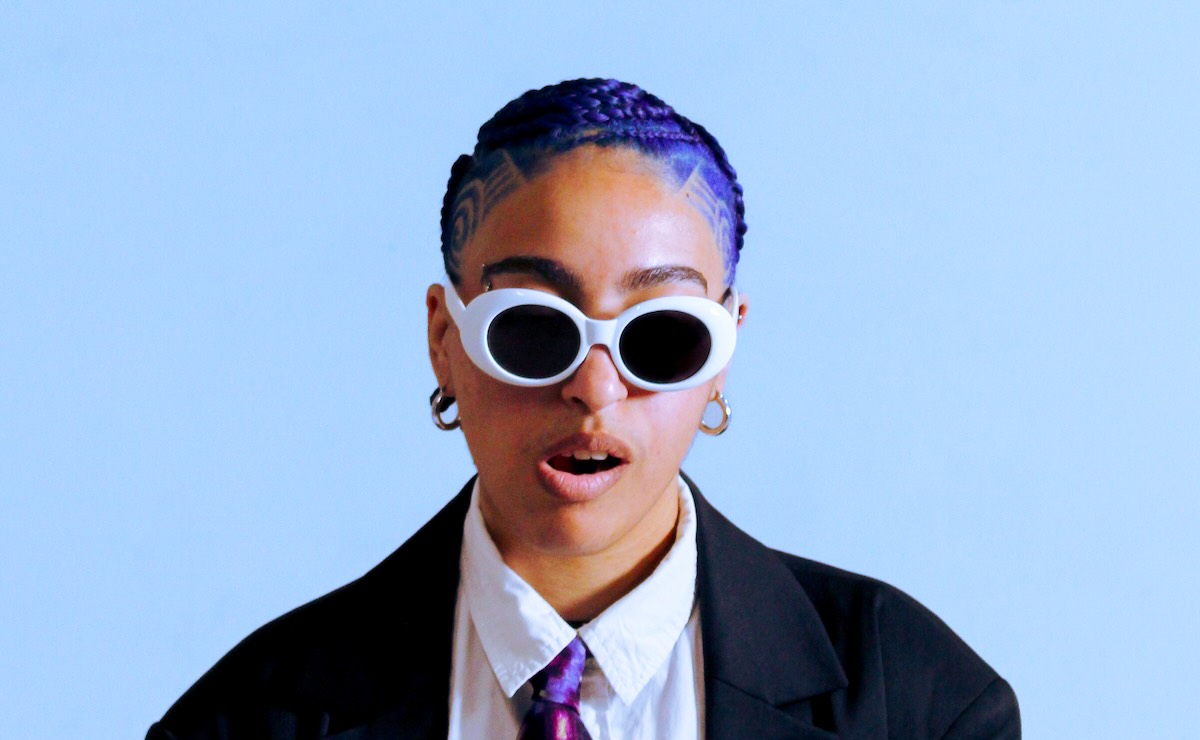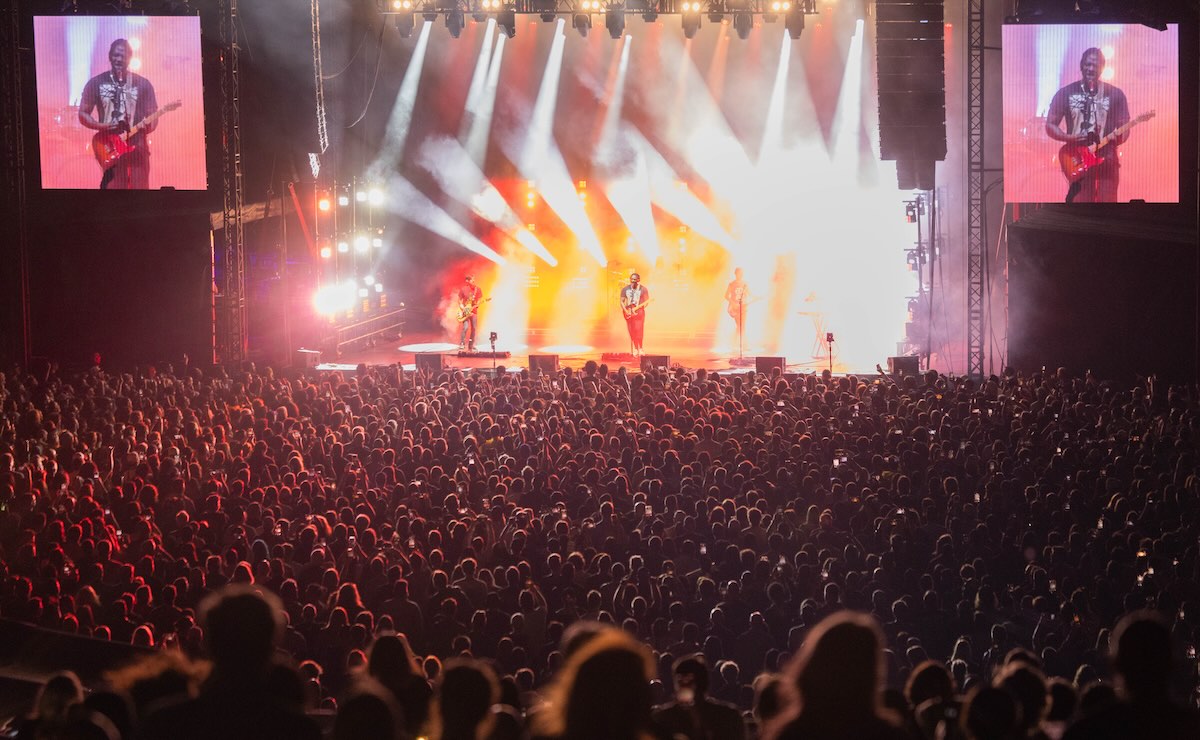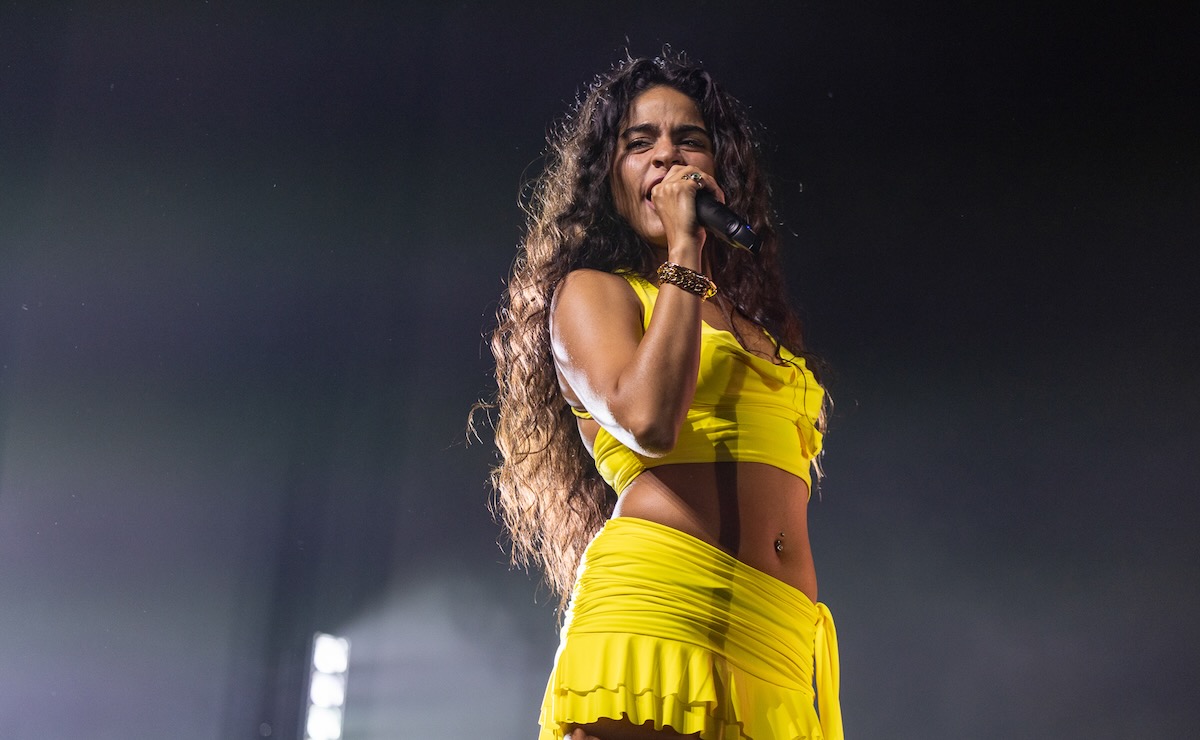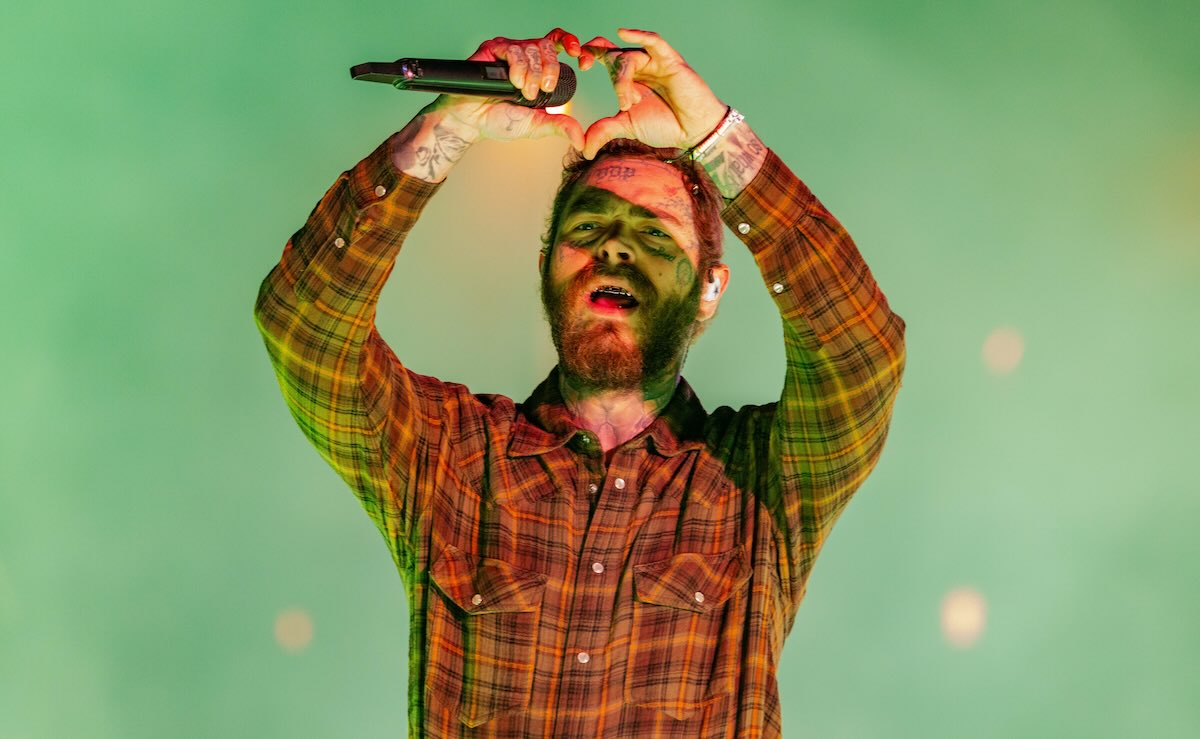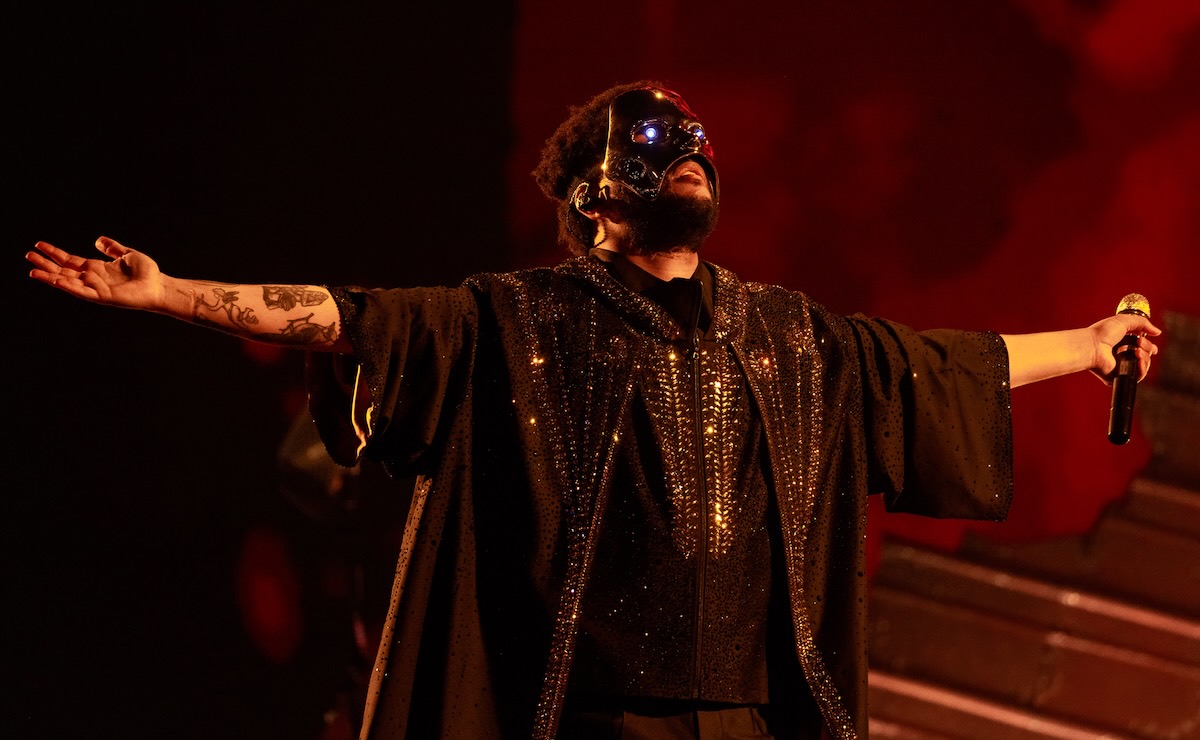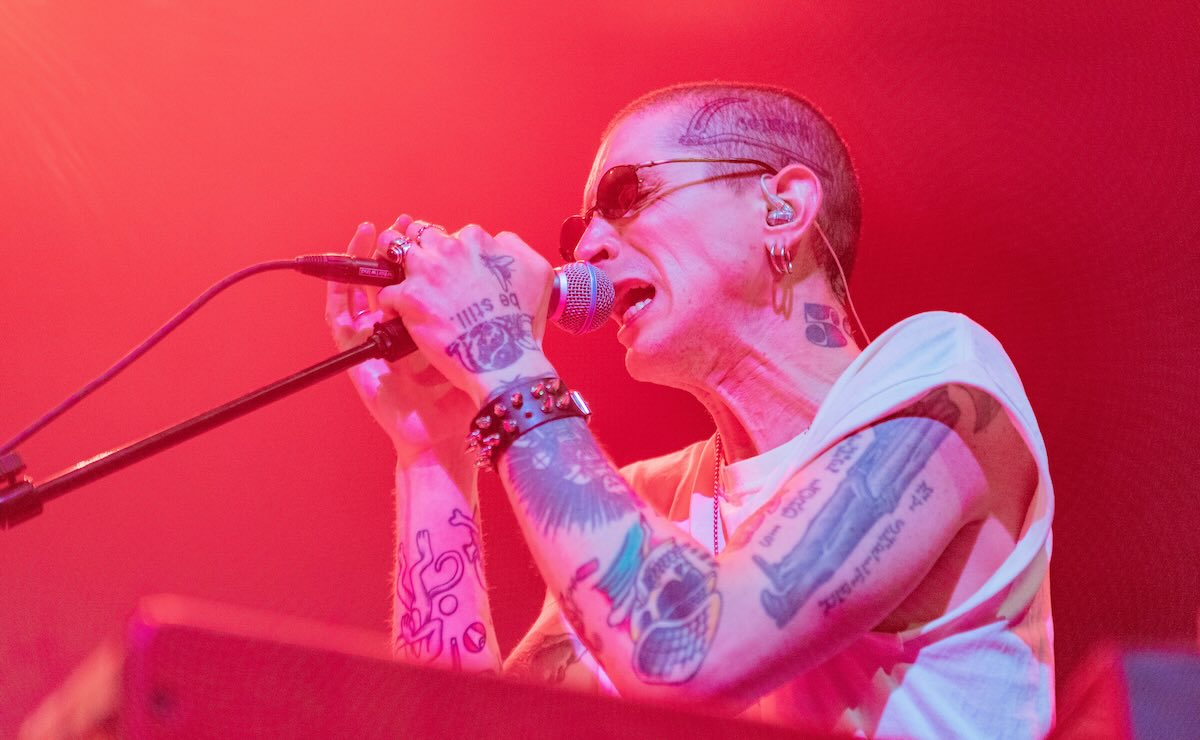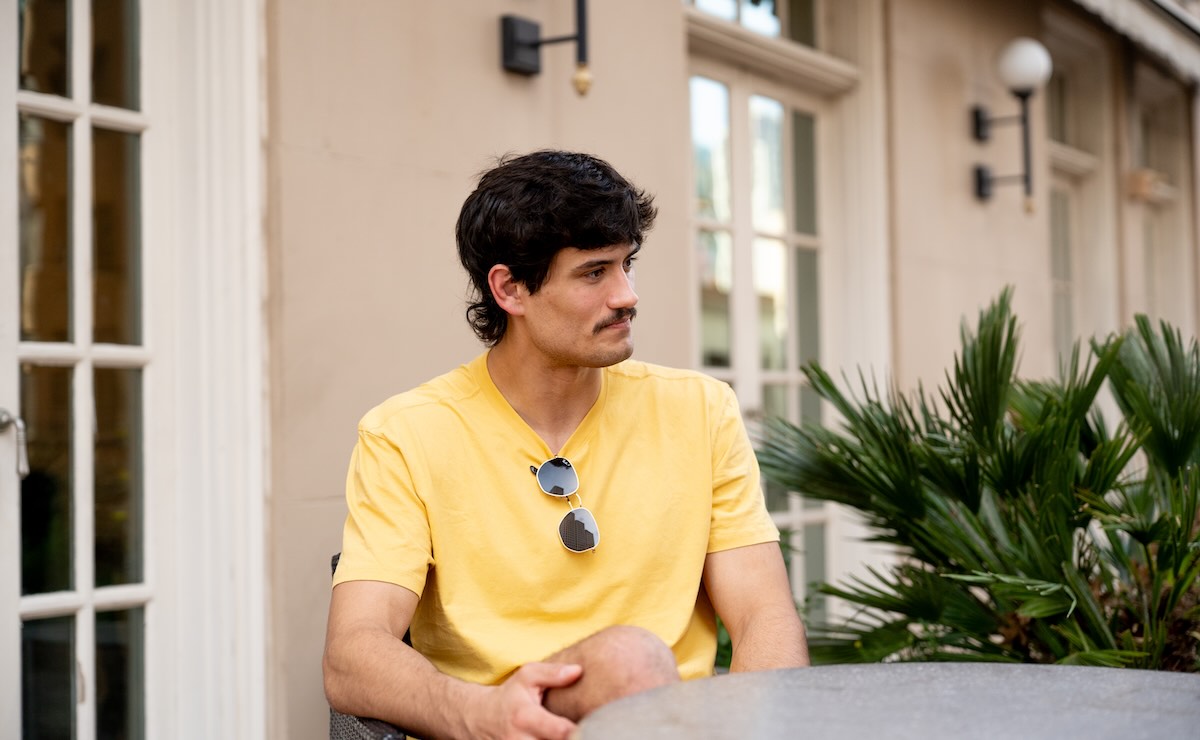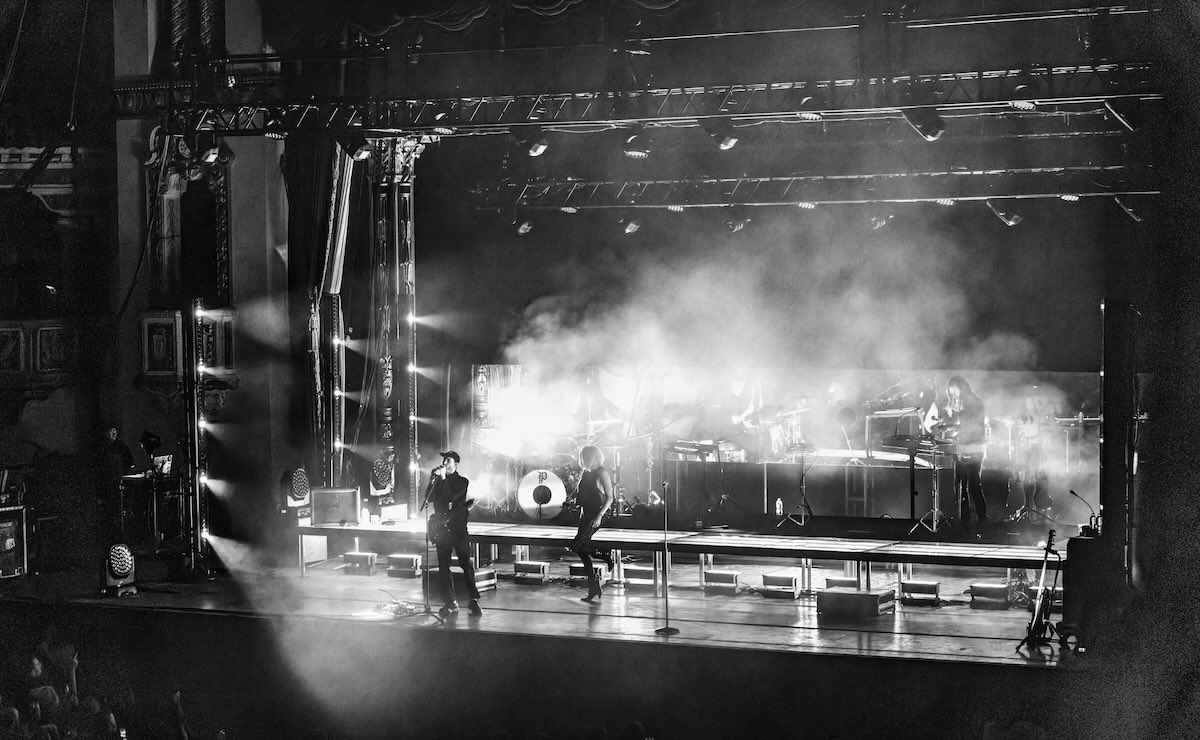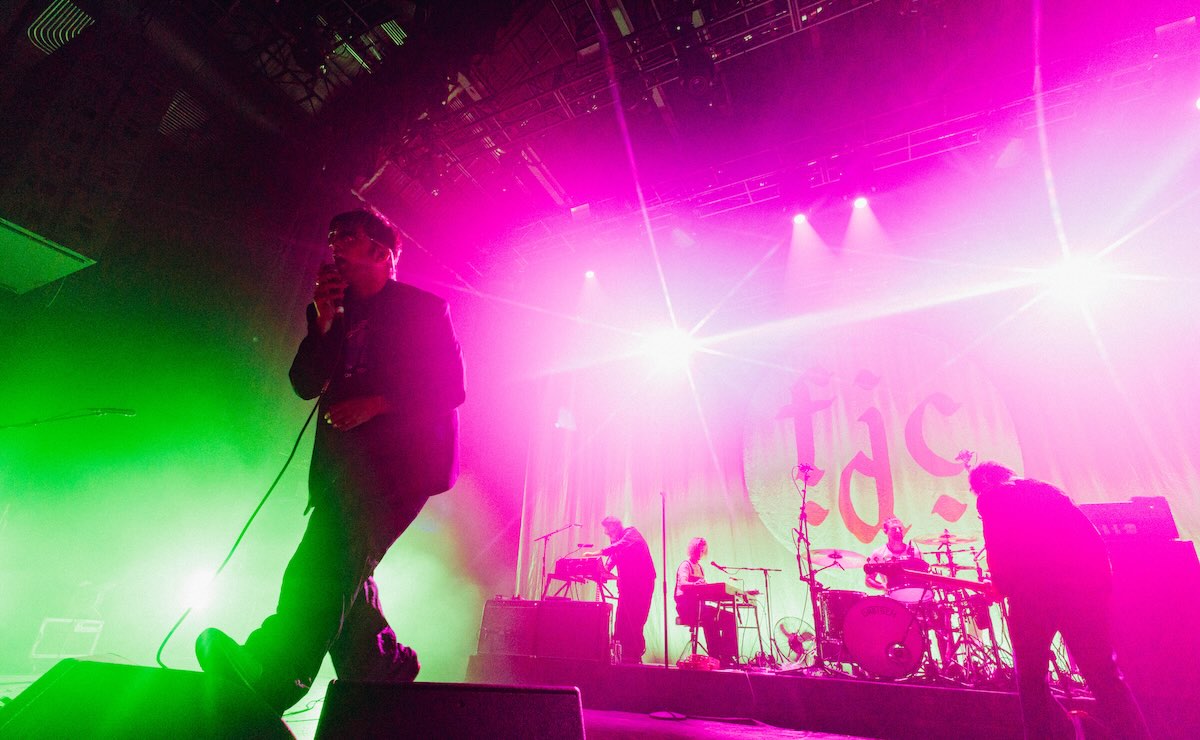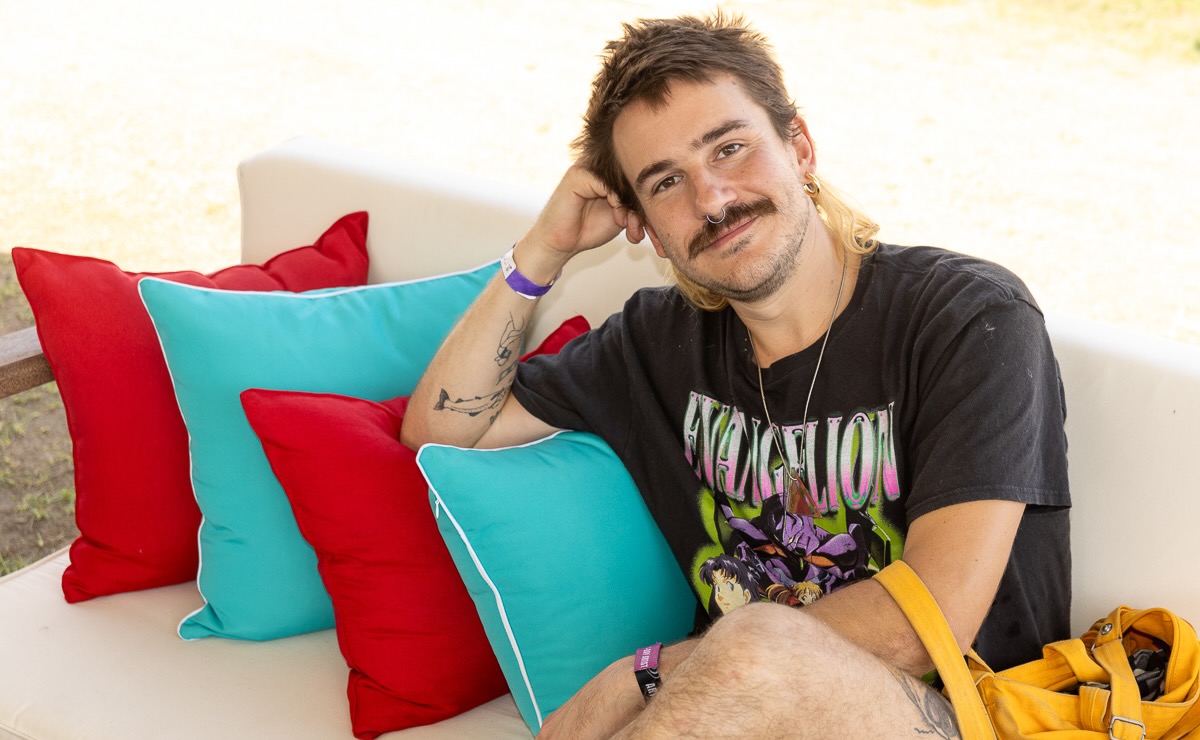 Photo by Krystle Blackburn
Photo by Krystle Blackburn
(Editor's Note: This is a portion of the article that appears in the new issue of Variance.)
A true producer-performer, Derek Vincent Smith has his hand in just about every aspect of the projects of his EDM act, Pretty Lights. From writing copy for press releases to designing the album artwork and editing the documentary footage taken throughout the making of the new LP, A Color Map of the Sun, Smith’s insistence on total involvement isn’t necessarily about control (though he admits that’s part of it), but about vision. “I just see how I want things,” he says.
For this latest offering released July 2, Smith saw that he wanted to stretch the limits of Electronic Dance Music and help redefine the misconceptions of what he and many fellow EDM artists who insist on making original music actually do. In order to do that, Smith set out on perhaps the most challenging musical endeavor in the genre to date.
“The whole concept of the project was to go in and work with musicians and emulate the recording processes from different time periods and then compose music in those different styles,” Smith explains. And his commitment to period recording methods was staunch.
“I built a wall-sized modular analog synthesizer, like a telephone operating board,” Smith says. “You build a patch and it takes you hours to build the sound. Then you have to unplug everything after you’re done with it. You can’t save it, and then you move on to the next one. I wanted to basically create a 2013 album with gear that existed 40 years ago. That was my goal.”
Color Map certainly achieves that. But for the buttery analog sound composition and the retro fonts on the album art, you’d never know it wasn’t built with the “latest and greatest” in music technology.
But. . . why retrofit such a contemporary art form?
“It wasn’t about stepping away from using synthesizers, it was about stepping away from the current state of technology,” Smith clarifies. “People say about my work, ‘oh, you use real instruments.’ Well, I don’t look at computer synthesizers as unreal instruments. But the boundary and parameter I set for this project was that I was using all authentic and from-the-time-period instruments. I was trying to get as bizarre and old-school with the sonic quality as I could.”
 Calling Color Map EDM is somewhat a misnomer. While tracks like the first single, “Around the Block (feat. Talib Kweli)” get close, Smith admits that the “dance” part of EDM doesn’t really come across in his music.
Calling Color Map EDM is somewhat a misnomer. While tracks like the first single, “Around the Block (feat. Talib Kweli)” get close, Smith admits that the “dance” part of EDM doesn’t really come across in his music.
“My music is hip-hop at the core and soul, though I suppose it has the power to make people dance,” Smith explains.
Tracks like “Yellow Bird” swing more toward ambient electronic while the opener “Color of My Soul” hints a little more at dubstep. But maybe labels aren’t the best way to classify Color Map at all. It’s music you want to drive to, think to, write to, jive to, play at a party or drum to at your desk.
EDM has a reputation for relying on modern technology to make music and has taken a lot of heat as a genre because of it. But Smith says the term “EDM” has simply become a catch-all label for anything electronic.
“The way that it’s used right now means music that is coming out of a computer or out of a turntable,” Smith explains. “But that’s just too broad. EDM is the easy label to put on a new culture.”
“It’s an emergence of a culture and of this new kind of event where one individual can stand on stage and perform other people’s music, their own music or a combination of both. And they can either hit play or they can completely deconstruct the song and then perform them on the fly and do all this complicated and sophisticated stuff on stage.”
“But either way, the crowd really doesn’t know what’s going on or what’s going into it. At an EDM festival, if you have some superstar DJ on stage, 90% of the crowd doesn’t know if the song he’s playing was written by him or written by someone else, and 100% of the crowd doesn’t know if he’s actually doing anything. So EDM is the label that’s been created to encompass that whole lack of knowledge of what the hell is going on with these artists and these shows.”
Read the full interview here.



